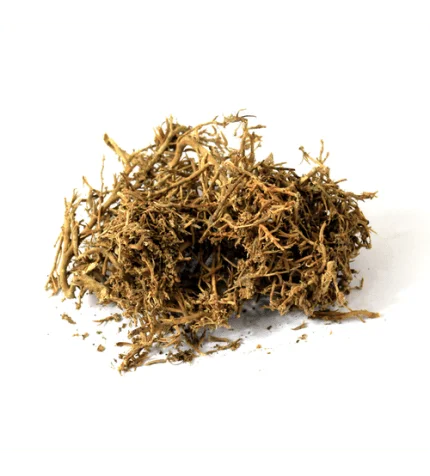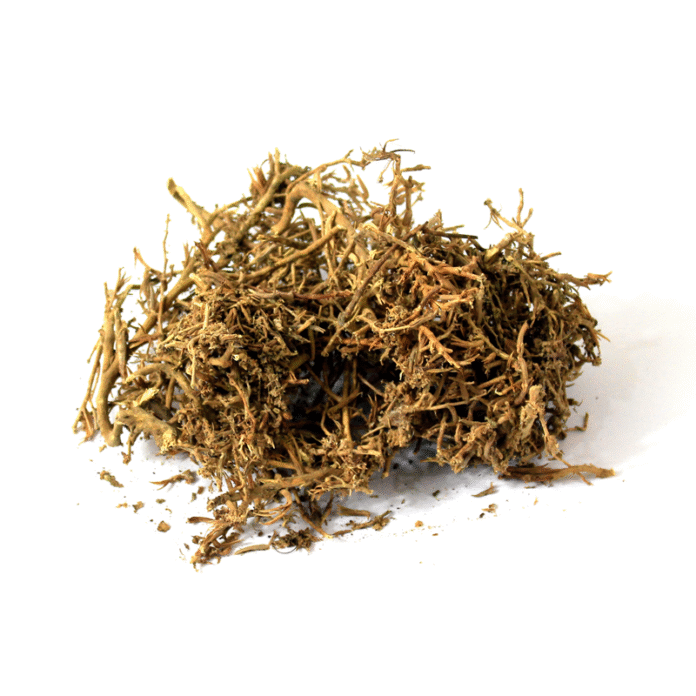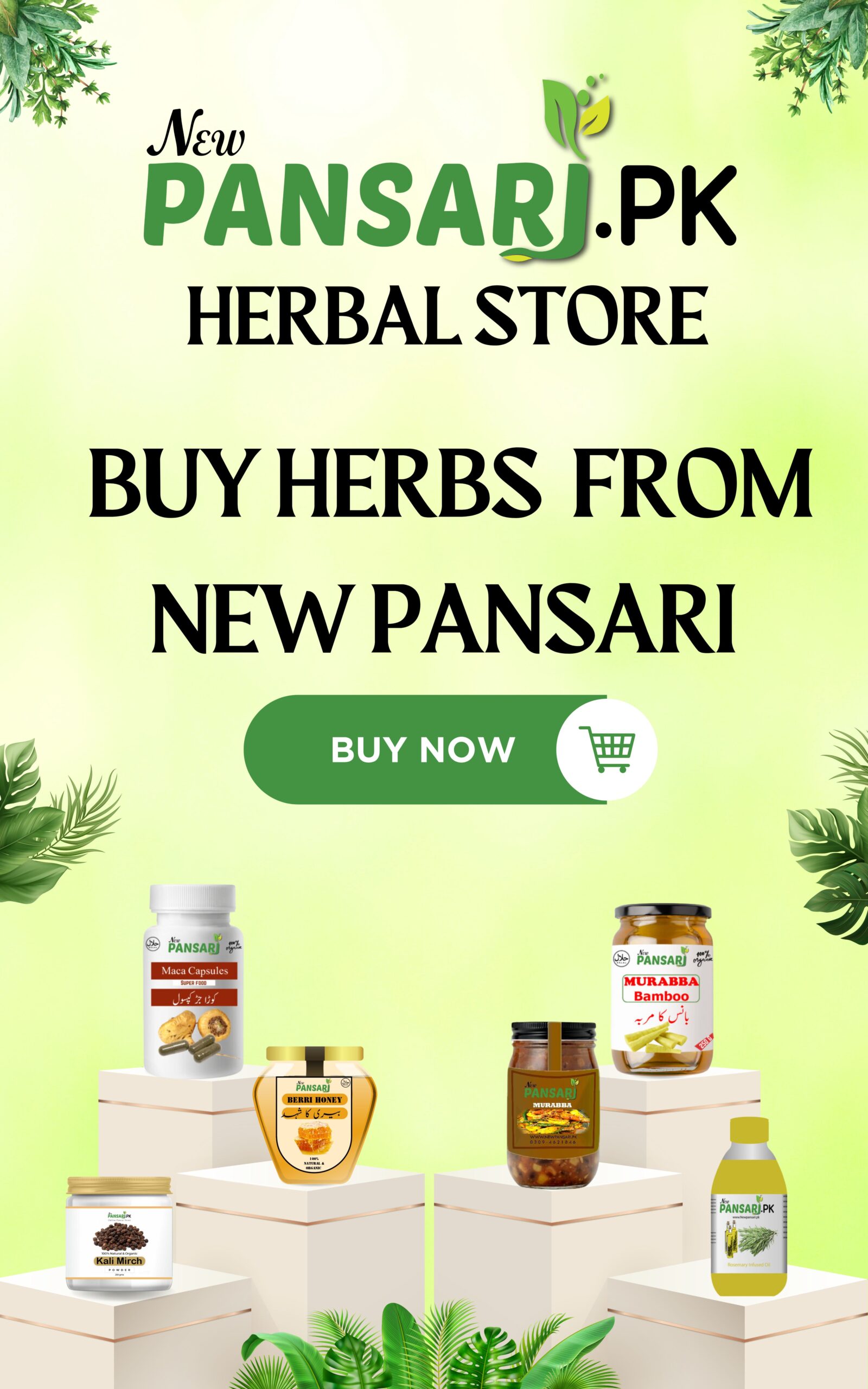INTRODUCTION:
Monarch Redstem (KRAND) is a distinctive and potentially high-performing cultivar developed for specialized agricultural or ecological purposes. As suggested by its name, this variety is characterized by a prominent red-hued stem, which may indicate unique genetic traits, pigmentation, or stress-resistance features.The designation KRAND may refer to a breeding program, institutional origin, or a regional classification, indicating that Monarch Redstem has been selectively developed or adapted for specific environmental conditions or usage needs.

Hindi सम्राट लाल डंठल (KRAND) (Samraat Laal Danthal)
Arabic الجذع الأحمر الملكي (KRAND) (Al-Jid‘ al-Ahmar al-Malaki)
Bengali রাজকীয় লাল কাণ্ড (KRAND) (Rājkīẏa Lāl Kāṇḍa)
Tamil மன்னர் சிவப்பு தண்டு (KRAND) (Maṇṇar Civappu Taṇṭu)
Swahili Shina Nyekundu la Mfalme (KRAND)
Portuguese Caule Vermelho Monarca (KRAND)
Japanese モナークレッドステム (KRAND) (Monāku Reddosutemu)
Malay/Indonesian Batang Merah Monarki (KRAND)
Urduبادشاہی سرخ تنہ KRANDکرنڈ
Kannada ರಾಜಾ ಕೆಂಪು ಕಾಂಡು (KRAND) (Rājā Kempu Kāṇḍu)
HEALTH BENEFITS:

Digestive health:
It is used to treat biliousness, indigestion, constipation, stomach pains, and excessive gas.
Respiratory issues:
The leaves are traditionally used to remove phlegm from the lungs and trachea.
Rheumatic pain:
In folk medicine, the leaves are applied externally to treat rheumatic pain.
Skin conditions:
The leaves can also be used as a rubefacient and as an external remedy for ringworm.
General wellness:
Monarch Redstem powder, derived from the plant, is often marketed as a supplement rich in antioxidants that supports immune, digestive, and skin health.
Research & Breeding Potential
Monarch Redstem may be used in breeding programs for introducing red pigmentation or climate tolerance into other varieties.
Aesthetic and Ornamental Use
Its vibrant red stem makes it appealing for landscape design or border planting.
Can be used in decorative gardens, eco-parks, or public green spaces.
Disease and Pest Resistance
Selective breeding of this cultivar may offer better resistance to common pests and diseases, reducing the need for chemical inputs.
SIDE EFFECTS:

Toxicity to Livestock (if under stress)
Some red-stemmed plants (like certain sorghum types) can produce cyanogenic compounds under drought or stress.
This can be toxic to animals if not harvested properly.
Allergic Reactions (for humans)
In rare cases, touching or consuming plant parts may cause skin irritation or allergies, especially in sensitive individuals.
Oxalate Content
If it’s a leafy plant like amaranth, it may contain oxalates, which can affect kidney health if eaten in large amounts without proper cooking.
Overgrazing Risk
If used as fodder, animals may prefer it too much, leading to overgrazing and damage to the crop or pasture.
HOW TO USE:
As a Crop (Farming Use)
Sow seeds at the beginning of the season (best in warm weather).
Use well-drained soil with moderate watering.
Apply organic or light fertilizers as needed.
Harvest when stems and grains (if any) are mature.
As Fodder (Animal Feed)
Harvest the plant when it is young and green for best nutrition.
Chop and dry it if storing as hay or silage.
Ensure animals are not overfed during drought seasons, when some plants may produce toxins.
3. As Food (If Edible)
If it’s a leafy variety (like amaranth), boil or sauté leaves before eating.
If it produces grains, cook like rice or millets.
Avoid eating raw in large amounts due to possible oxalates or bitterness.
4. As an Ornamental Plant
Plant along borders or in gardens for its bright red stems.
Trim and maintain regularly for a neat appearance.
5.Soil or Climate Use
Use in crop rotation to improve soil health.
Grows well in semi-arid or dry conditions.
PRECAUTIONS:
Harvest at the right stage (especially for fodder).
Cook or process properly before eating (if used for food).
Use crop rotation and manage growth to prevent spread. Test soil conditions before planting




